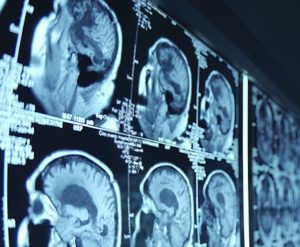Sponsors: NIH, AZ Alzheimer Consortium
Biomarker assisted preclinical/early detection and intervention in Alzheimer’s disease (AD) may be the key to therapeutic breakthroughs. One of the presymptomatic hallmarks of AD is the accumulation of beta-amyloid (Aβ) plaques in the human brain. However, current methods to detect Aβ pathology are either invasive (lumbar puncture) or quite costly and not widely available (amyloid PET). We aim to use MRI-MMS to make inferences regarding brain amyloid burden at the individual subject level. With our unique multivariate morphometry statistics, we propose a sparse coding algorithm, Patch Analysis-based Surface Correntropy-induced Sparse coding and max-pooling (PASCS-MP), to generate a low-dimensional representation of hippocampal morphometry for each individual subject. Then we apply these individual representations and a binary random forest classifier to predict brain Aβ positivity for each person. Experimental results on two large brain imaging datasets: Alzheimer’s Disease Neuroimaging Initiative (ADNI) and Open Access Series of Imaging Studies (OASIS), suggest that our proposed PASCS-MP method may effectively predict amyloid burden.
